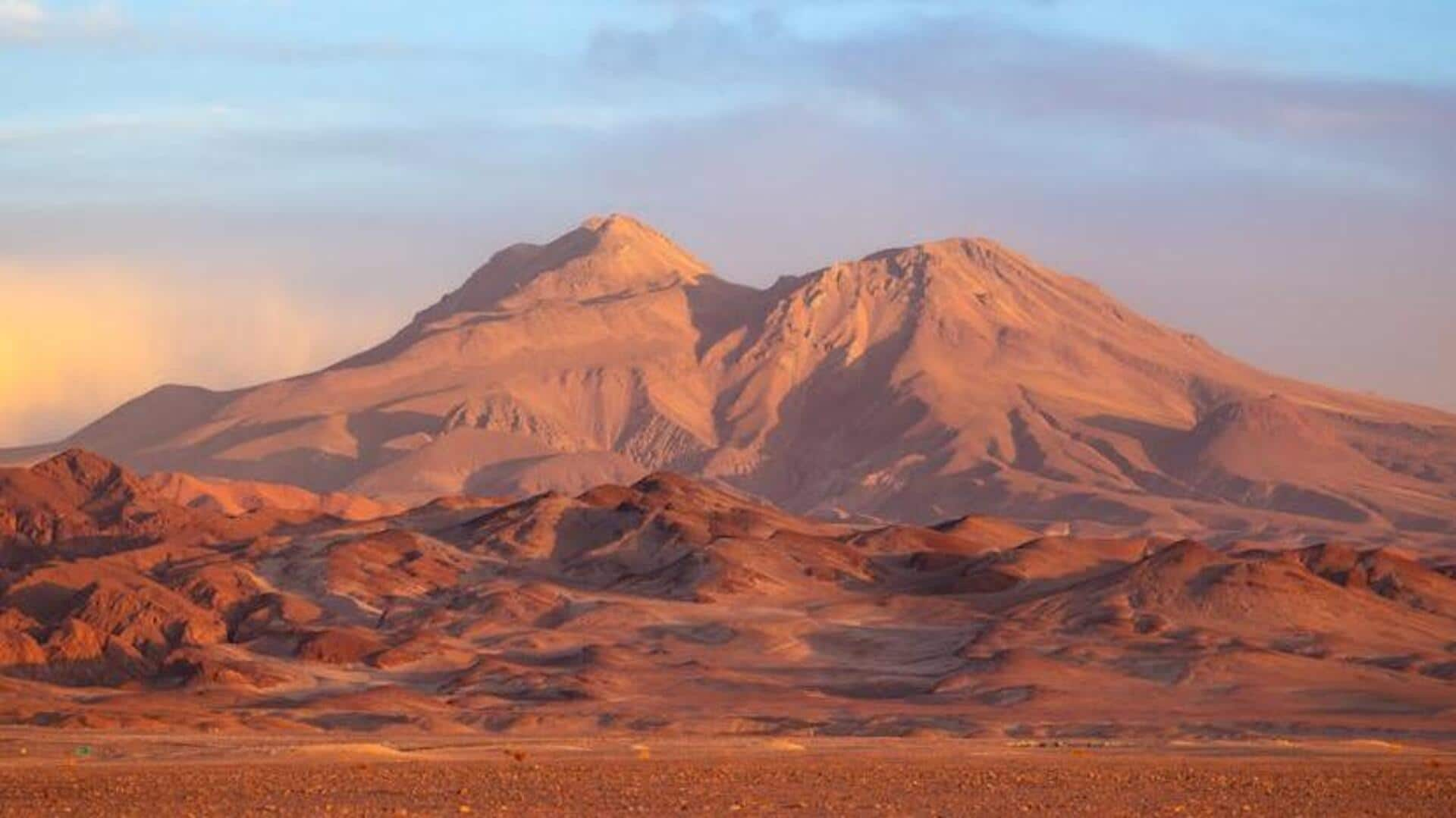
Gaze at the stars in Atacama Desert, Chile
What's the story
The Atacama Desert in Chile offers one of the clearest night skies on Earth. This desert, known for its dry, moon-like landscape, becomes a canvas for the cosmos after sunset. The high altitude and minimal light pollution make it an ideal spot for stargazing. Visitors come from around the world to witness the unparalleled beauty of the stars and galaxies overhead.
When to go
Best time to visit for stargazing
The optimal period for stargazing in Atacama spans the Southern Hemisphere's winter, from April to September. These months bring the clearest skies, showcasing the Milky Way in all its glory. Atacama's arid climate ensures skies remain mostly cloudless, facilitating uninterrupted views of celestial wonders. This season is ideal for observing the vast universe without the hindrance of cloud cover.
Where to look
Choosing your stargazing spot
While much of the Atacama is perfect for stargazing, some spots are particularly noteworthy. The ALMA Observatory area is restricted but offers nearby locations with breathtaking views. San Pedro de Atacama is a popular base; from here, you can easily access Valle de la Luna and other dark sites just outside town where light pollution is almost non-existent.
How to explore
Guided tours vs Solo exploration
For those unfamiliar with astronomy or seeking deeper insights into what they're seeing, guided tours are available and highly recommended. These tours often include telescopes and expert guides who can point out constellations, planets, and explain cosmic phenomena. However, solo explorers can also find joy in laying back on the desert floor and gazing up at the infinite stars above.
Essentials list
What to bring along
Nighttime in the desert sees drastic temperature drops, so warm clothing is essential. Bring a mat or blanket for comfort while stargazing. Use a red-light flashlight to navigate without affecting night vision. Don't forget a camera with long exposure capabilities to capture the stars. This ensures a memorable journey through Atacama's unique landscape under the stars.
02 Sep 2024
Gaze at the stars in Atacama Desert, Chile
The Atacama Desert in Chile is renowned for offering one of the clearest night skies on our planet. Known for its extreme dryness and high altitude, it provides an unparalleled environment for stargazing enthusiasts. Visitors from across the globe gather here to marvel at the breathtaking views of the Milky Way, various planets, and distant galaxies, all visible due to minimal light pollution.
Getting there
Plan your stargazing adventure
To reach the heart of stargazing territory in the Atacama Desert, most travelers fly into Calama's airport and then drive to San Pedro de Atacama. This small town serves as a base for exploring the desert's astronomical wonders. Car rentals are available at the airport, or you can opt for shuttle services that take you directly to San Pedro de Atacama.
When to visit
Best time for stargazing
The best time for stargazing in Atacama is from April to September, during the Southern Hemisphere's winter. These months offer clearer skies and more consistent viewing conditions. Nights can be surprisingly cold, even in summer, so packing warm clothing is crucial for a comfortable stargazing experience. This period ensures optimal conditions for observing the stars and planets.
Tours available
Join a guided astronomy tour
In San Pedro de Atacama, several observatories offer guided astronomy tours in both English and Spanish. These engaging tours start with a lecture on the constellations visible from the Southern Hemisphere. Participants then enjoy telescope viewing sessions. These sessions are led by astronomers with deep knowledge of the stars. Booking these popular tours in advance is highly recommended for all tourists.
Day activities
Explore during daytime
During the day, the Atacama Desert offers attractions like Valle de la Luna and El Tatio geysers. Visitors can also explore ancient petroglyphs at Yerbas Buenas. These sites provide insight into the desert's unique landscape, setting the stage for its transformation into a stargazer's paradise at night. This mix of activities ensures a memorable exploration of one of Earth's oldest deserts.